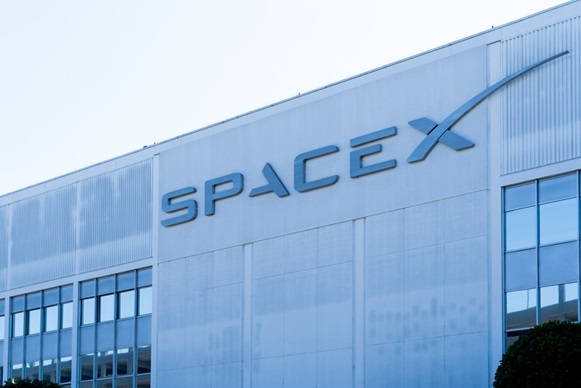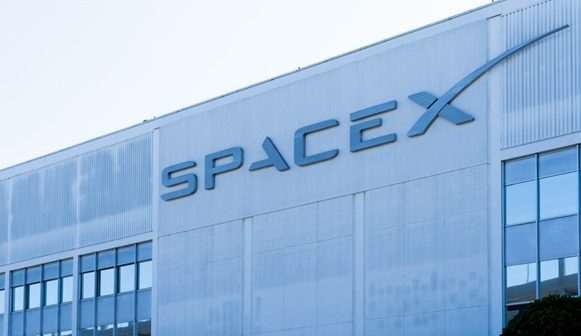
Written by staff writer.
Space X said success comes from what they learned after their uncrewed spacecraft Starship spectacularly exploded in the early hours of November 19, 2023 (AEDST).
The 120-metre-tall two-stage rocket ship comprising Starship and its Super Heavy booster took off from SpaceX’s Starbase facility in Boca Chica, Texas. The goal was to get Starship into space, but not into orbit, before splashing down in the Pacific Ocean 90 minutes later. It was SpaceX’s second attempt to launch its integrated spacecraft. The first attempt, in April, ended in an explosion around four minutes into the flight.
The weekend’s flight survived for around eight minutes and reached an altitude of 148 kilometres. Unlike April’s mission, the Super Heavy booster successfully separated from Starship before exploding. However, Starship continued heading into space, but minutes later, the rocket’s automatic termination system activated, causing it to self-destruct, or, as SpaceX put it, experience a “rapid unscheduled disassembly.”
Nonetheless, the flight won praise for what it achieved. “Spaceflight is a bold adventure demanding a can-do spirit and daring innovation,” NASA’s Administrator, Bill Nelson, posted on X shortly after the explosion. “Today’s test is an opportunity to learn—then fly again.”
SpaceX and its Starship spacecraft are critical to NASA’s Artemis program – the plan to return humans to the Moon. SpaceX also eventually wants to use the Starship vehicle to replace its reliable but smaller Falcon 9 rocket.
“Starship successfully lifted off under the power of all 33 Raptor engines on the Super Heavy booster and made it through a successful stage separation,” reads a SpaceX statement on the launch. “With a test like this, success comes from what we learn, and today’s test will help us improve Starship’s reliability as SpaceX seeks to make life multi-planetary.”
“Elon Musk was predicting a 60% chance of success, and I would say they got that,” Dr Philip Metzger, a planetary physicist from the University of Central Florida, told the ABC after the incident. “They cleared the tower, didn’t blow up the launch pad, and met some of the most important flight objectives.”
If Space X can eventually get the two-stage Starship into space without incident, it will be able to carry 150 tonnes of cargo on Artemis resupply missions.
“They’ll be looking at the data,” said Metzger. “A rocket has a huge amount of data being sent to the ground. They’ll have data on every system and subsystem imaginable, so I don’t doubt they’re going to be able to pinpoint the causes of what did go wrong, and I’m sure they’ll be pressing ahead for their next launch as soon as possible.”
Meanwhile, SpaceX’s everyday business of Falcon 9 launches continues. Six commercial launches of the reusable rocket have occurred so far this month, with the next scheduled to lift off on November 20 at Vandenberg, California. All up, 273 Falcon 9 missions have taken place to date. While the Falcon program has become SpaceX’s commercial mainstay with a steady roster of activity, there is no word on when they will next attempt to take the two-stage Starship back into space.





